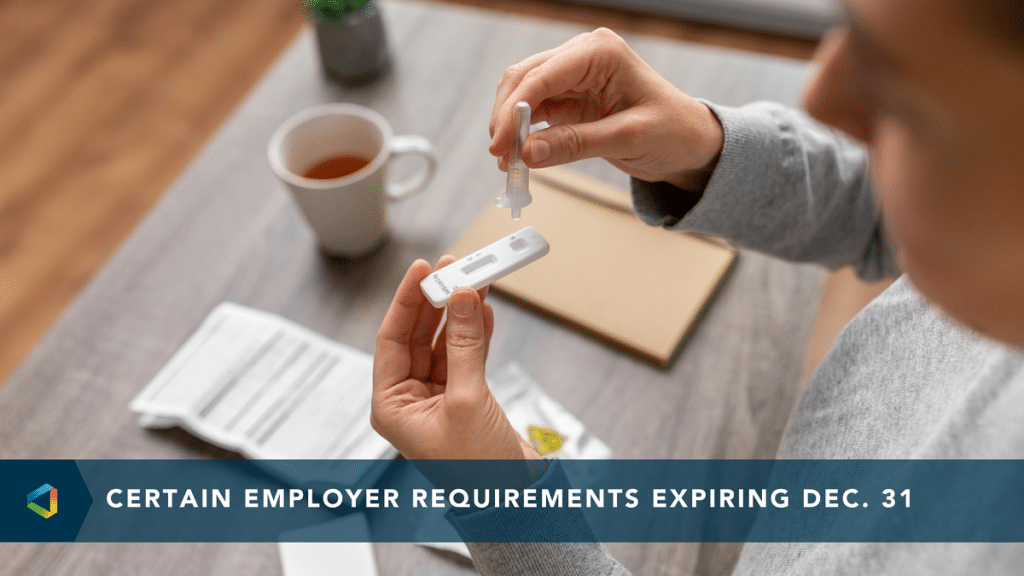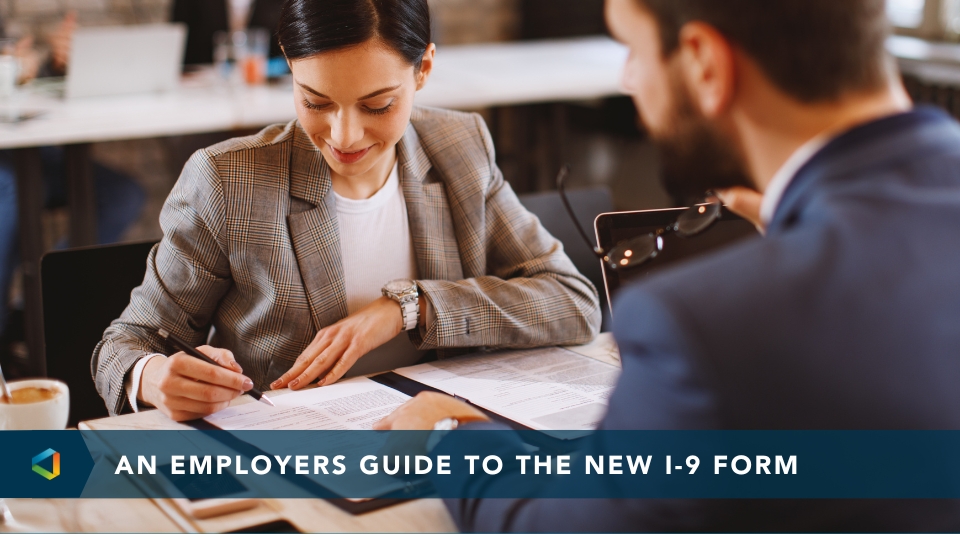No Headaches
When an Employee Refuses to Work During the COVID-19 Pandemic
When an Employee Refuses to Work During the COVID-19 Pandemic
Many essential employers are dealing with the painful fact that many of their employees do not feel comfortable coming into work due to circumstances surrounding the COVID-19 pandemic. When this is the case, what considerations should an employer make?
First, we recommend employers have an interactive dialogue with their employees, asking why the employee is uncomfortable. Does the employee have anxiety or stress about coming into work during the COVID-19 crisis? Does the employee have a suppressed immunity, which puts them at a higher risk of mortality? Or does the employee simply not want to work because they could file for unemployment benefits and earn equivalent wages?
In these scenarios, we must consider the business impact, our employee’s safety and well-being and the federal and state regulations which may protect and offer leave benefits to our employees, such as the Americans with Disabilities Act (ADA), the Family Medical Leave Act (FMLA) and the newest paid leave benefits under the Family First Corona Response Act (FFCRA or Act). Lastly, let’s not forget OSHA safe work environment requirements.
Scenario 1: An employee has a stress or anxiety disorder and does not feel comfortable coming to work.
The employer must recognize that this could be a covered disability under ADA or FMLA if the employee/employer are eligible. However, this likely would not qualify for the FFCRA Paid Sick Time benefits. Paid sick leave applies when an employee is unable to work because he or she has been advised by a health care provider, as defined in 29 CFR 825.102, to self-quarantine for a COVID-19 reason. Section 826.20(a)(3) explains that the advice to self-quarantine must be based on the health care provider’s belief that the employee has COVID-19, may have COVID-19, or is particularly vulnerable to COVID-19. With this scenario, an employer could offer an unpaid leave of absence or allow an employee to use their accrued time off benefits, keeping in mind the employer would need to start the clock on FMLA leave, if applicable.
Scenario 2: An employee has a suppressed immunity, which puts them at a higher risk of mortality.
In this scenario, the employee will likely qualify for the FFCRA’s Paid Sick Time Leave of up to 80 hours with a qualifying medical certification of this condition. Beyond the 80 hours, an employer may need to grant additional unpaid time under ADA if the immunity issues are related to a qualified disability.
Scenario 3: An employee is simply refusing to work because they want to exercise unemployment benefits.
The employee is requesting a layoff or furlough. What should the employer consider? This decision creates a precedent, so considering what the employer has done for other employees is important. Also, the employer should ask, what is the business need? If the employee’s position is essential, it is difficult to justify a furlough or lay off as you would need to find someone else to absorb those job duties. Lastly, is it ethical to layoff or furlough an employee if you have work for them, likely allowing that employee to collect unemployment benefits. In this scenario, it is likely best practice to allow the employee to continue to work, take unpaid time off or voluntarily resign. The latter two options may impact their ability to collect; however, those decisions would be made by the state unemployment office.
Under OSHA, an employee may refuse a work assignment that involves a “risk of death or serious physical harm.” An employee must be reasonable in their assessment that continuing to work results in an increased risk of exposure to COVID-19, making the work environment or assignment unsafe. If an employer has taken necessary measures to clean the work environment more regularly and create social distancing mechanisms to keep employees six feet or more apart, they are reducing the risk of exposure and likely not creating an environment that involves increased risk of death or physical harm, as it relates to the COVID-19 pandemic.
Scenario 4: You believe that an employee is falsifying a request for benefits under FFCRA for the care of a child home from school.
Employers can ask for documentation to support the school closure, so this would be the first step to verify this need. What we cannot verify is if the employee has a spouse, partner, or other parent at home that may be assisting with the care responsibilities for the child. Our primary recommendation in this scenario is to have a conversation and ask those specific questions. Ask your employee more details about their need for time off. Offer substitute work solutions, maybe a work from home arrangement, alternative hours, or intermittent leave. With these options, an employee may still be able to produce work for the organization and care for a child at home, part-time or otherwise.
The COVID-19 pandemic is, in many ways, an unprecedented situation. At this time, employers need to be proactive in implementing public health guidance and taking reasonable precautions to alleviate workers' concerns. Employers must also be aware of their specific obligations in the context of an unsafe work refusal, and ensure such refusals are appropriately handled in full compliance with occupational health and safety legislation.




